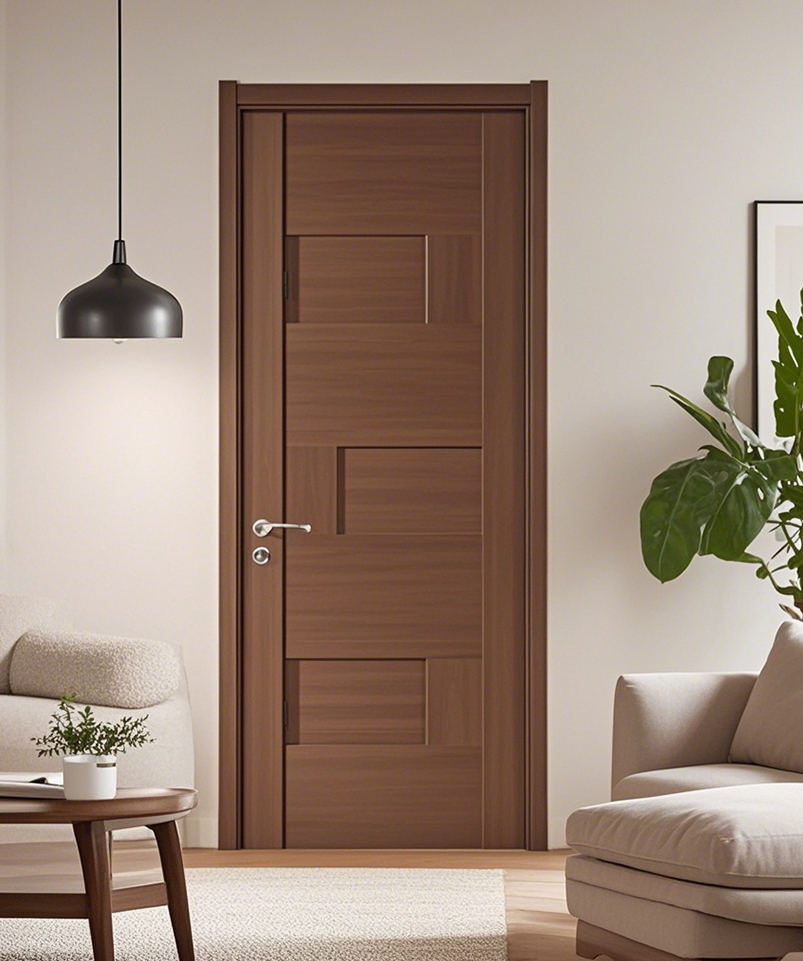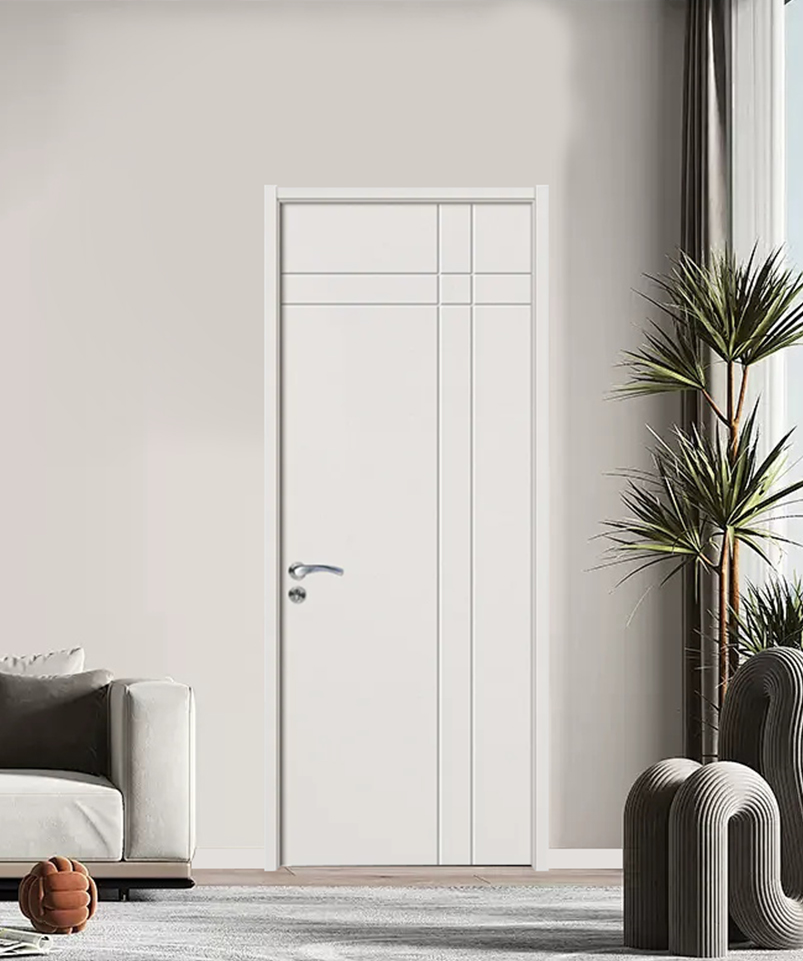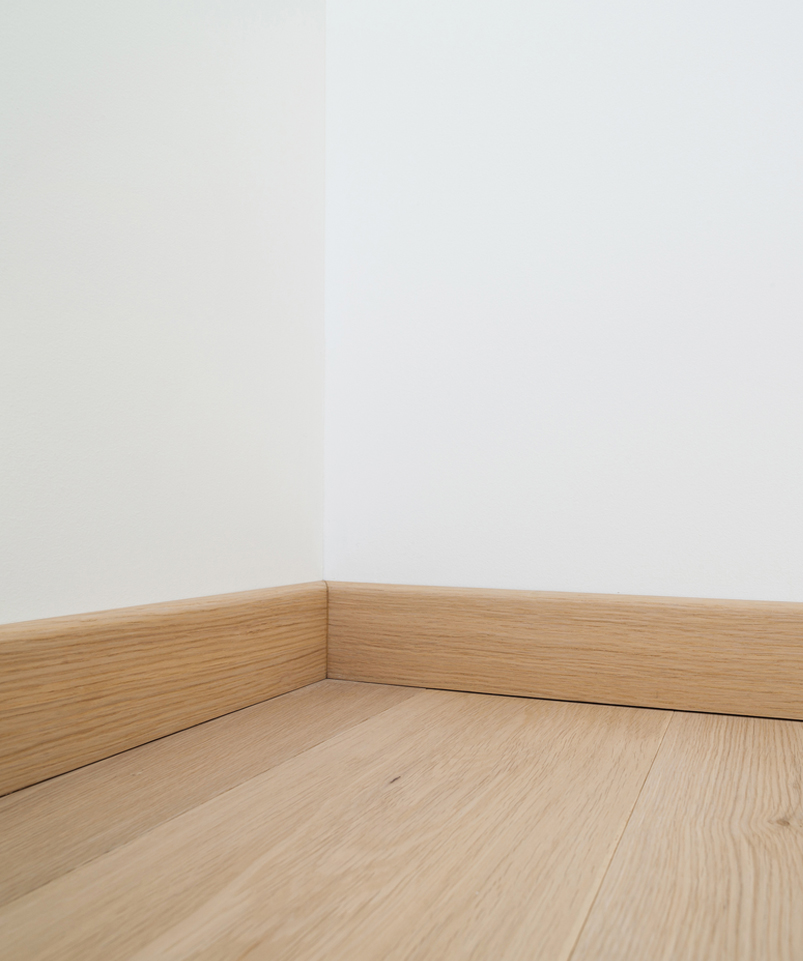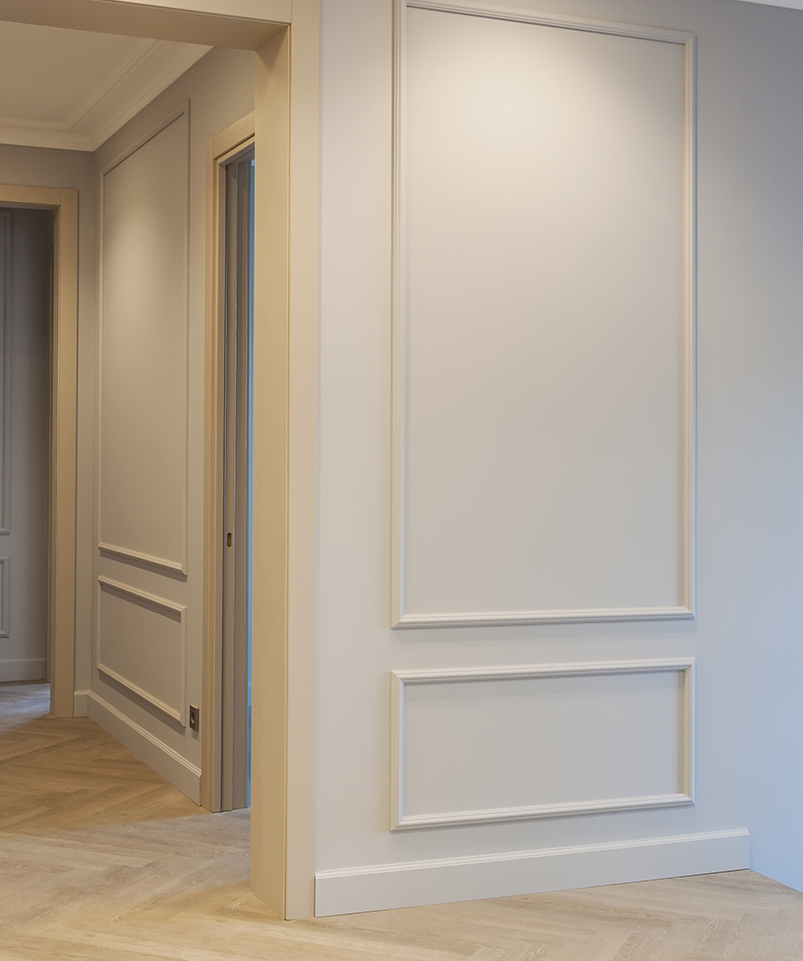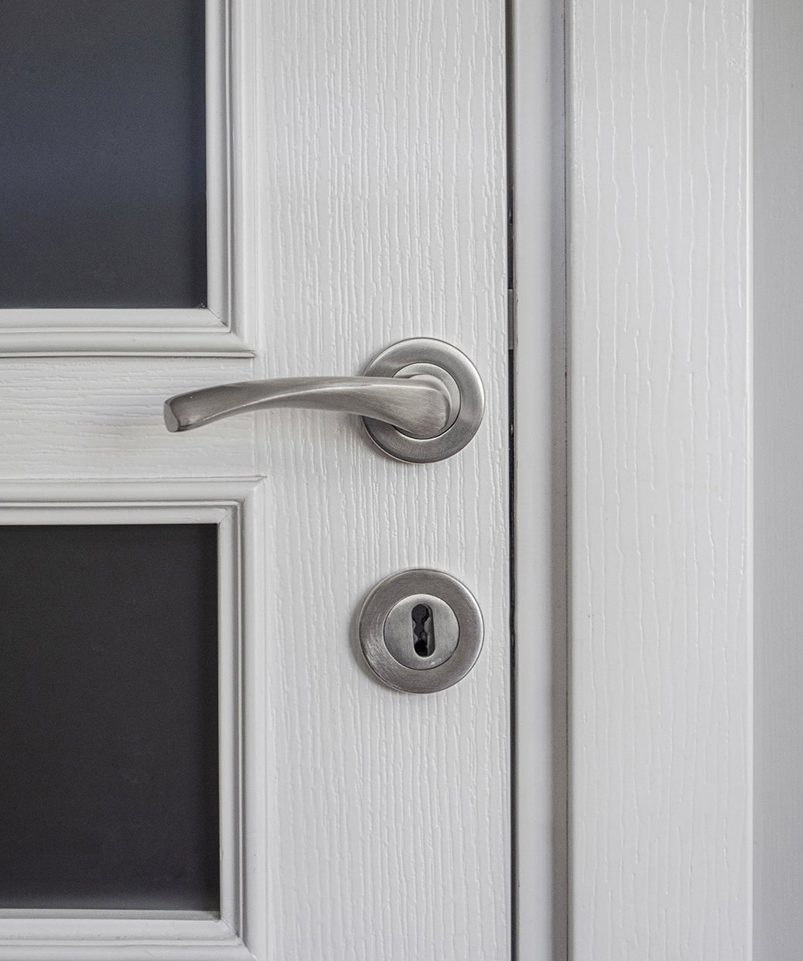Wooden Door Factory: Technological Advancements
The global architectural woodwork sector is undergoing a significant transformation, driven by comprehensive technological advancements within the modern Wooden Door Factory. This evolution spans production methodology, process control, and environmental responsibility, establishing new standards for manufacturing quality and operational efficiency. The integration of automated production lines, digital process control, and sustainable technologies is redefining what constitutes a contemporary Wooden Door Factory, creating facilities that are more efficient, precise, and environmentally conscious than their predecessors.
How Has Automation Revolutionized Production Lines?
The core of this transformation within the Wooden Door Factory lies in the implementation of sophisticated automated production lines. These integrated systems manage the manufacturing process from initial rough milling to final assembly. Computer-controlled machining centers perform precise cutting, shaping, and boring operations with consistent accuracy, while automated material handling systems seamlessly transfer components between workstations. This approach within the Wooden Door Factory lesss manual handling, reduces production cycle times, and enhances overall operational safety. The reliability of these automated systems allows the Wooden Door Factory to maintain consistent output quality while accommodating variations in product design and custom specifications.
What Role Does Digital Control Play in Quality Management?
Complementing the physical automation is the widespread adoption of digital process control throughout the Wooden Door Factory. Sensor networks continuously monitor environmental conditions and machine parameters, feeding real-time data to central management systems. This digital framework enables precise regulation of drying kilns and finishing rooms, ensuring ideal conditions for material processing. Machine vision systems perform automated quality inspections, identifying surface imsuperbions that might escape human detection. The implementation of these digital technologies provides the Wooden Door Factory with exceptional levels of process transparency and quality assurance, creating a documented record of manufacturing conditions for each product unit.
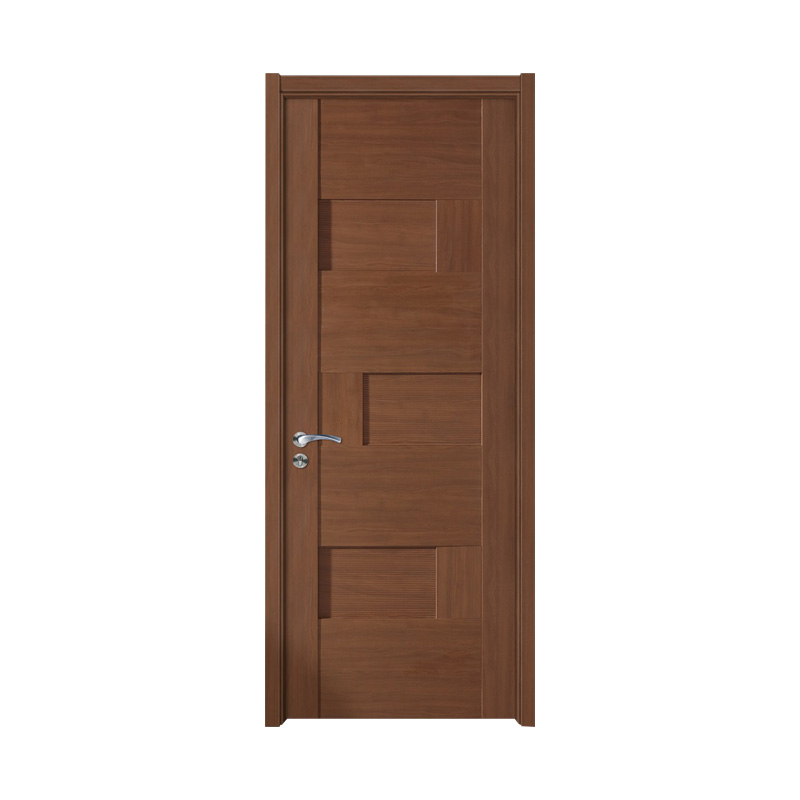
Why Are Environmental Technologies Becoming Essential?
Modern environmental technology has become an integral consideration for the forward-thinking Wooden Door Factory. Water-based finishing systems have significantly reduced the emission of volatile organic compounds, improving workplace air quality and small environmental impact. Sophisticated dust collection and filtration systems capture particulate matter at the source, while waste wood materials are often repurposed into biomass energy or composite materials. Many facilities have implemented heat recovery systems that capture thermal energy from manufacturing processes for reuse in other plant operations. These environmental technology applications demonstrate how the contemporary Wooden Door Factory can achieve production efficiency while maintaining ecological responsibility.
The continuing technological evolution within the Wooden Door Factory sector represents a fundamental shift in manufacturing philosophy. By integrating automated production, digital monitoring, and sustainable practices, these production facilities are establishing new benchmarks for the architectural woodwork industry. This comprehensive approach enables the modern Wooden Door Factory to deliver products of consistent quality while addressing increasing demands for customization, traceability, and environmental stewardship. The progression of these technologies suggests a future where the Wooden Door Factory will continue to enhance its capabilities through further innovation and refinement.
The Geometric Depression PVC Panel Door offers a cost-effective alternative to custom wood carving while providing consistent pattern repetition across multiple door units. Its low maintenance requirements and easy cleaning characteristics make it particularly valuable for commercial projects and residential applications where both aesthetics and practicality are important considerations. For detailed technical specifications and project-specific requirements, direct consultation with Zhejiang Optima Door Industry Co., Ltd. is recommended to ensure ideal product selection and installation guidance.

 English
English русский
русский عربى
عربى